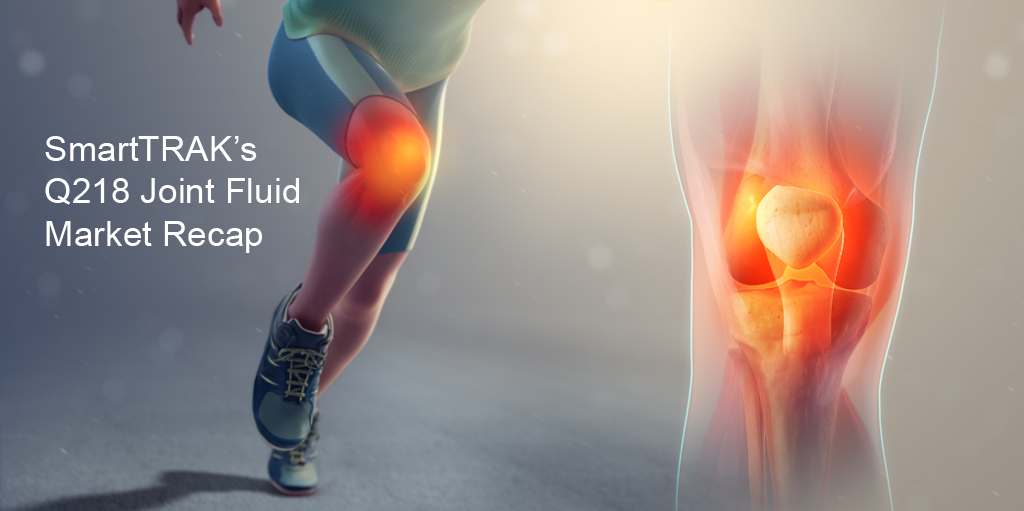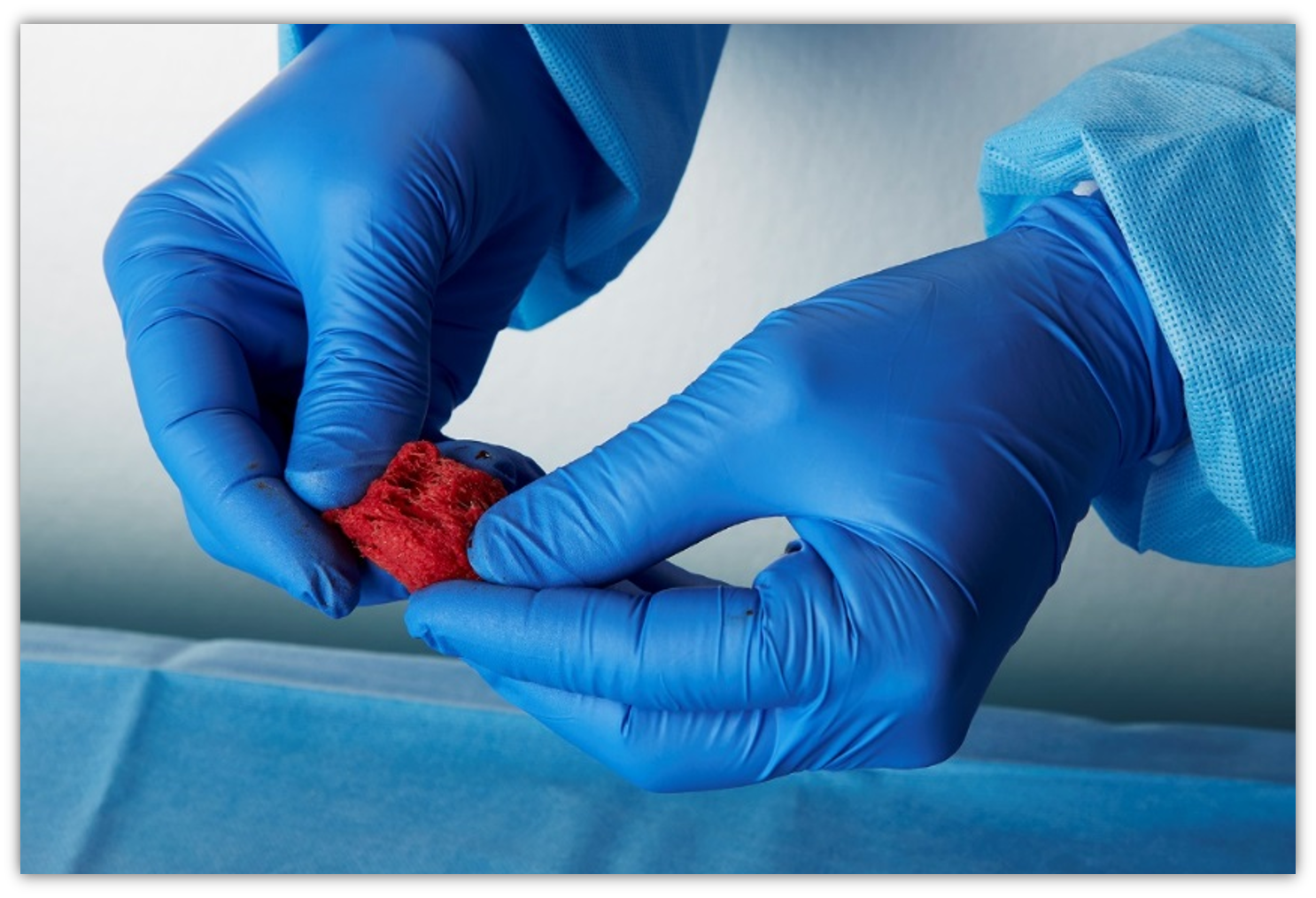

ABM/P-15 is a recently investigated composite material, which consists of anorganic bovine-derived hydroxyapatite matrix (ABM) combined with a synthetic 15 amino acid sequence (P-15). New graft materials that resemble today’s gold standard but are without the risks and limitations associated with autograft or allograft are needed, and several composite materials have been investigated. Literature reporting lumbar fusion rates when using autograft or allograft is inconsistent with a range of 40–93%. This is because of the freezing procedure for storage after harvesting. Allograft possesses a conductive property and a partial osteoinductive property but no osteogenic property. Allograft is the most often used surrogate graft material today and is considered a gold standard second only to autograft for lumbar fusion.

Because of limited availability in harvesting autograft and patient donor site morbidity such as pain and bleeding, using alternative materials garners high interest. Traditionally, autograft from the iliac crest has been the gold standard, as autograft possesses osteoinductive, osteoconductive, and osteogenic properties. To achieve solid bone formation between vertebral bones, graft materials are used. This is due to lack of external support in fixating graft material and large defect size for novel bone formation. PLF is the most commonly used fusion model and also the most challenging model in regard to novel bone formation and graft properties. In this study, a posterolateral lumbar fusion (PLF) model was used. Many different approaches have been tried, and posterior, anterior, and interbody fusion between vertebral bodies are commonly used. The aim of fusion is to segmentally impair movement and stabilization, and the procedure may be performed with or without instrumentation. Spinal fusion is a procedure where bone graft material is used to facilitate novel bone formation between two adjacent vertebral bones. Between 20, 79% to 86% of total interbody fusions were posterior/transforaminal lumbar fusions this number is estimated to have increased since 2010. Over the last decade, the number of spinal fusion procedures has increased significantly, and in 2008 more than 400,000 fusions were performed annually in the USA. Spinal fusion is a commonly used procedure in spinal surgery worldwide and is indicated in the surgical management of different spinal disorders such as degenerative disorders, pain, tumor, deformity, and trauma. The use of ABM/P15 as i-Factor™ Flex may be limited to devices with fixation and bone defects. Due to this migration, reported fusion rates were significantly lower than in the allograft group. In this PLF fusion model, ABM/P15 demonstrated the ability to migrate when lacking external stability. Qualitative histology showed positive osteointegration of the material and good correlation to scanning results. There was 68% fusion rate in the allograft group and an extensive migration of graft material was noticed with a fusion rate of just 37% in the ABM/P-15 group. Fusion rates were assessed by 2D sections and 3D reconstruction images and fusion was defined as intertransverse bridging. Sheep were euthanized after 4.5 months and levels were harvested and evaluated with a micro-CT scanner and qualitative histology. The levels were randomized so that sheep received an ABM graft either with or without P15 coating. Twelve Texas/Gotland mixed breed sheep underwent open PLF at 2 levels L2/元 and L4/L5 without fixation instruments. The objective of this study was to assess fusion rates when using ABM/P-15 in uninstrumented posterolateral fusion in sheep. This prospective randomized study was designed to evaluate early spinal fusion rates using an anorganic bovine-derived hydroxyapatite matrix (ABM) combined with a synthetic 15 amino acid sequence (P-15)–ABM/P-15 bone graft, and compared with allograft in an uninstrumented PLF model in sheep.

However, the lack of external stability and large graft size make posterolateral lumbar fusion (PLF) a most challenging grafting procedure. This peptide has been shown to improve bone formation when used in devices with fixation or on bone defects. ABM/P-15 (commercial name i-Factor™ Flex) is an available synthetic bone graft material that has CE approval in Europe.

To ensure stable fusion, bone graft materials are used. Spinal fusion is a commonly used procedure in spinal surgery.


 0 kommentar(er)
0 kommentar(er)
